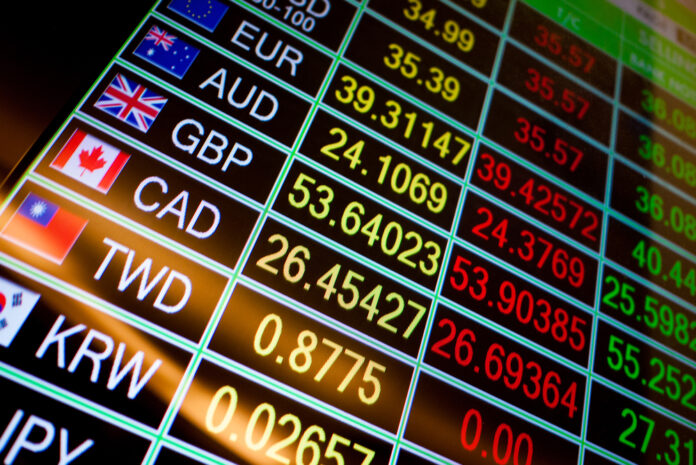The U.S. dollar edged higher on Wednesday but remained on track for its steepest monthly decline since November 2022, weighed down by growing uncertainty over the Trump administration’s shifting trade policies.
As of 04:10 ET (08:10 GMT), the U.S. Dollar Index—which measures the greenback against a basket of six major currencies—rose 0.1% to 99.080. Despite the modest uptick, the index lingered near the three-year low it touched last week and is down 4.6% for the month, marking its weakest monthly performance in over two years.
Tariff Volatility and Weak Economic Data Pressure the Dollar
Wednesday’s limited rebound in the dollar came after the White House signaled efforts to soften the impact of President Trump’s auto tariffs. This move marked another step back from the broad tariff measures introduced in early April, which had prompted investors to exit traditionally safe assets like the U.S. dollar and Treasury bonds.
Still, the dollar remains under pressure amid concerns that the administration’s trade actions could stifle economic growth, fuel inflation, and increase unemployment. Recent data has underscored those fears: U.S. job openings dropped sharply in March, while consumer confidence in April slumped to its lowest level in nearly five years.
Investor attention now turns to the advance estimate of first-quarter U.S. GDP, due later in the day. Forecasts suggest growth may have slowed to its weakest pace since Q2 2022, with a negative reading potentially on the cards. Other key data releases include April’s ADP employment report and the core Personal Consumption Expenditures (PCE) index—the Federal Reserve’s preferred inflation gauge.
“We maintain a neutral bias on the dollar today,” analysts at ING wrote in a note. “While economic data may continue to weigh on sentiment, markets appear encouraged by Trump’s attempts to mitigate some tariff impacts. However, we believe a steady stream of constructive trade developments—particularly with China—is essential to sustain support for equities and the dollar. For now, that may be enough to keep the greenback steady heading into Friday’s payrolls report.”
Euro Poised for Strongest Month Since Late 2022
In Europe, EUR/USD edged 0.1% lower to 1.1378 after a 0.3% dip in the previous session. Despite this, the euro is still up over 5% in April, tracking its best monthly performance since November 2022.
Economic data was mixed: German retail sales declined by 0.2% in March—better than the expected 0.4% drop—while France’s GDP expanded by just 0.8% year-on-year in Q1. Markets now await broader eurozone GDP figures and German inflation data due later Wednesday, both of which could reinforce expectations for further ECB rate cuts in June.
“Unless we see major surprises, today’s GDP numbers are unlikely to move the euro significantly,” ING analysts said. “The same applies to the German and French CPI prints due this morning. Markets have fully embraced the ECB’s dovish stance, and it would likely take a sharply weaker-than-expected inflation read to prompt further easing expectations.”
Pound and Yen Also Post Notable Gains
Elsewhere, GBP/USD dipped 0.2% to 1.3382 but remains up 3.8% for the month, on track for its strongest monthly gain since November 2023.
Meanwhile, USD/JPY climbed 0.3% to 142.76, though the Japanese yen is set for a robust monthly gain of over 5%, bolstered by dip-buying following March’s declines and the ongoing softness in the dollar. Attention now shifts to Thursday’s conclusion of the Bank of Japan’s two-day policy meeting, where the central bank is widely expected to keep interest rates unchanged.
Chinese Yuan Softens Amid Weak Manufacturing Data
In China, USD/CNY edged 0.1% lower to 7.2632, showing limited reaction to disappointing manufacturing data. Official PMI figures revealed a sharper-than-expected contraction in factory activity in April, with broader economic indicators also weakening amid ongoing tariff tensions between Washington and Beijing.



